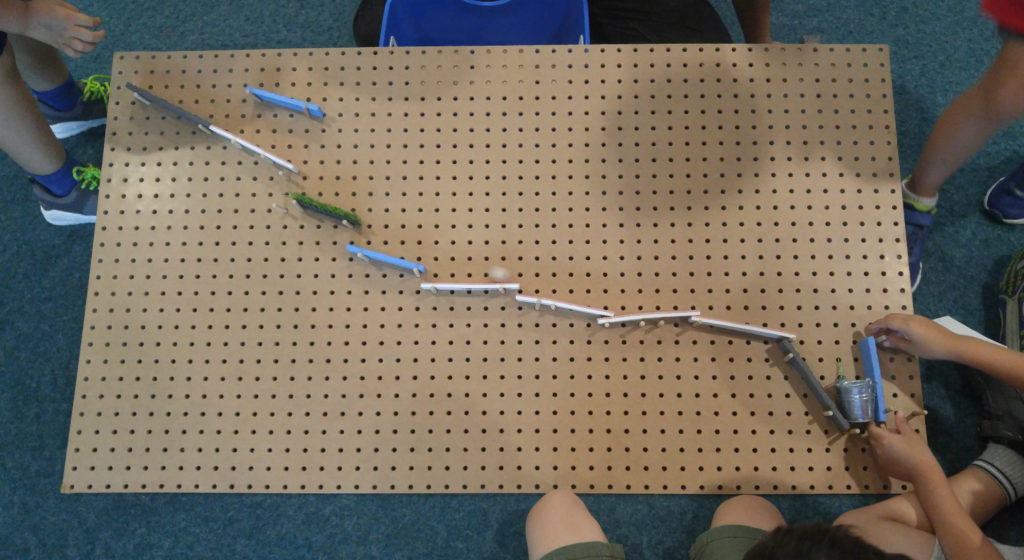This exploration is designed to test the students’ problem-solving skills, as well as their capacity for teamwork. Eggs are a great size for mini obstacle courses. There is also the extra “danger” factor of breaking the shell during the activity.
When trying to come up with solutions in a team environment, certain brainstorming principles and rules should be reviewed with the students. Stress that great ideas will surface in a non-judgmental and encouraging atmosphere.
Brainstorming Principles and Rules
- Postpone and withhold your judgement of ideas.
- Encourage wild and exaggerated ideas.
- Quantity of ideas count at this stage, not quality.
- Build on the ideas put forward by others.
- Every person and every idea has equal worth
Brainstorming Principles and Rules are courtesy of Infinite Innovations Ltd (1999). All rights reserved.

